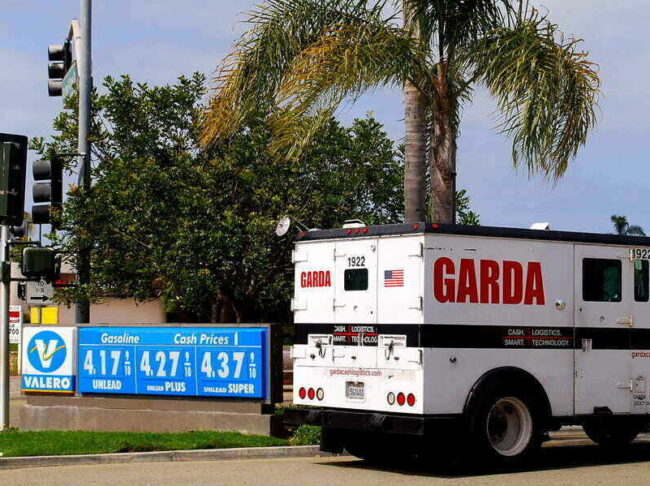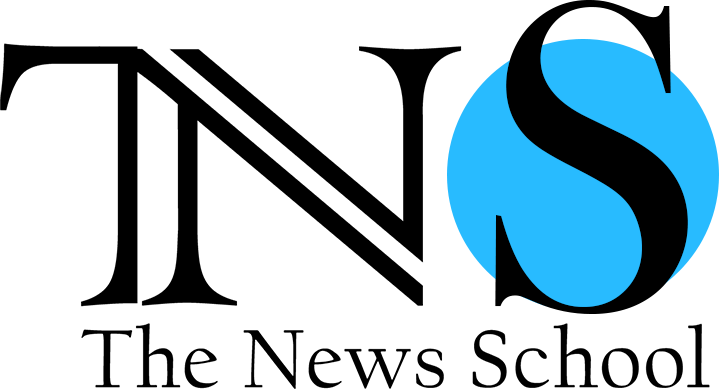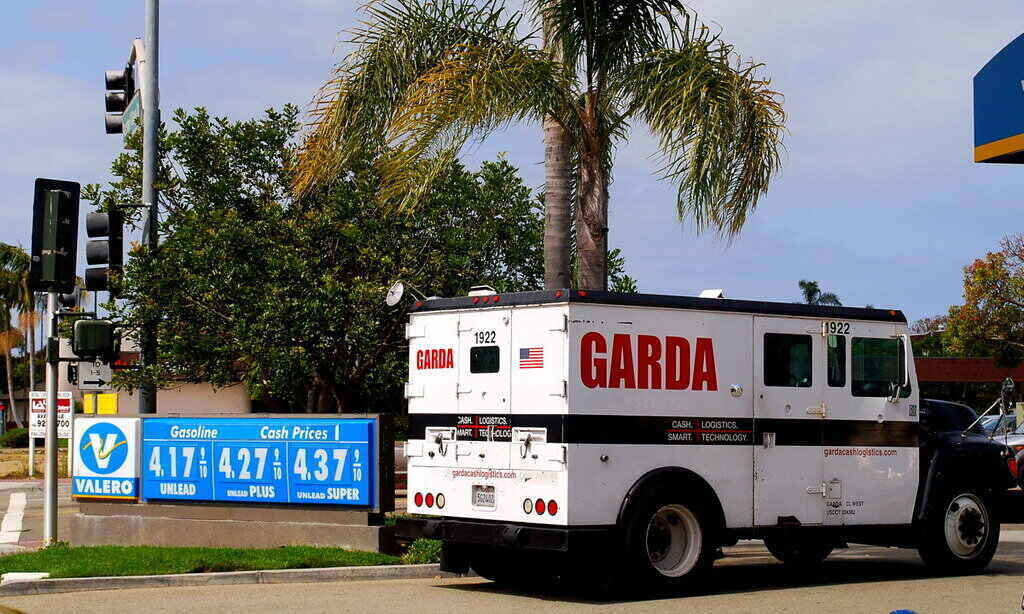|
Getting your Trinity Audio player ready...
|

Economics is not an easily understood science. It seems that inflation rates rising when the country is recovering after 15 months of effects COVID-19 on the United States is almost cruel, but it was expected. The annual inflation rate was 5 percent for the 12-month period ending May 2021, according to data from the U.S. Department of Labor released on June 10, 2021.
The rate is 3.7 percent greater than the 1.3 percent annual cost of living adjustment (COLA) given to federal employees and social security recipients, the projected rate for 2021. The Department of Labor’s data measures the rate of increasing prices of products and services. COLA increases are based on the Labor Department’s economic data months before the increase in January each year.
In the past six months, groceries have nearly doubled, with the increases most noticeable in the past 30-45 days. Abby Walter of Maryland told CBS News that her average weekly groceries cost at least $150, which is at least double what she paid before the first of the year.
Inflation rates affected at least 25 percent of Americans who struggled to pay their household expenses in the previous week, according to an analysis of Census data from early May 2021. Moreover, the Center on Budget  and Policy Priorities reports the data reveals about 1 in 10 adults found it difficult to provide sufficient food for their families within the prior seven days.
and Policy Priorities reports the data reveals about 1 in 10 adults found it difficult to provide sufficient food for their families within the prior seven days.
Americans are still using food banks across the country. The USDA reports the need for food assistance has not decreased in the past few months as anticipated, with the economy opening up again after over a year of COVID-19 restrictions.
In 2019, 85 percent of families experienced some food insecurity all year long; 10 percent at least some of the time.
Seniors and others on fixed incomes are experiencing a 30 percent decline in their buying power in 2020, reports the Senior Citizens League. Mary Johnson, a policy analyst at the League, added, “these rising costs are occurring right now, so they are poorly prepared for this type of inflation.” Their buying power could erode further if inflation continues at its current pace.
Who Does Inflation Benefit?
Typically inflation is the result of one of two things:
- An increase in production costs.
- An increase in consumer demand for services and products.
Consumers experience little benefit with the cost of goods increasing, but, in certain circumstances, investors can profit. For example, if an investor holds stock in an energy company and its stock prices increase.
Some companies can also reap inflation’s benefits if the surge in product desire is covered by the consumer, thereby growing their profit margin. Whereas others might withhold supplies from the market, hoping for more profit.
Grocers and food manufacturers may strategically use shrinkflation to continue offering the consumer the same price for products packaged in smaller containers.
The next U.S. Department of Labor inflation update is scheduled for release on July 13 at 8:30 a.m.
Written by Cathy Milne-Ware
Sources:
Investopedia: What Causes Inflation and Who Profits From It? Reviewed by Michael J. Boyle
CBS News: Household budgets were already tight. Then came inflation. By Aimee Picchi
Marketplace: How will inflation move in post-COVID recovery? By Sabri Ben-Achour and Daniel Shin
Featured and Top Image Courtesy of Joe Wolf’s Flickr Page – Creative Commons License
Inset Image Courtesy of Cathy Milne-Ware’s Flickr Page – Creative Commons License



